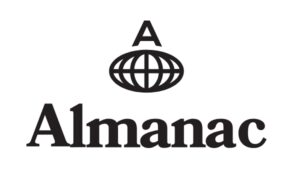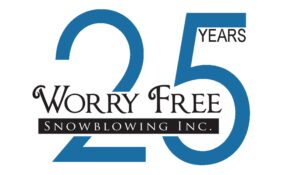Nadia Ouellette, Environment Committee

Invasive plant species harm us and our environment. After habitat loss, they are the second largest contributor to endangering native plant species. Invasive plants are defined as species that are alien to an environment, cause economic and environmental damage and harm human health. Their shared characteristics make them hard to control. For example, they can grow in a variety of environments and often have high rates of reproduction. One invasive purple loosestrife (Lythrum salicaria) plant can produce 3 millions seeds!
Bullies of the Plant World
Invasive plants act like bullies and crowd out beneficial plants. Because they are not from the ecosystem they often do not have to contend with the predators and diseases that keep our local plants in check. As they didn’t evolve with other local organisms, they may not provide food or resources to local insects and animals and their spread further degrades the ecosystem.
What harm do they do? More than you might think. They can alter fire cycles, cause soil erosion or degradation, reduce biodiversity, and cause extinction of other species. For example, invasive garlic mustard (Alliaria petiolata) disperses chemicals into the soil that make it uninhabitable for other species. It also outcompetes native woodland species like Ontario’s provincial flower, white trillium (Trillium grandiflorum).

Invasive giant hogweed (Heracleum mantegazzianum; aka giant cow parsnip) is dangerous to pets and humans; it’s toxic and causes severe dermatitis, much worse than poison ivy. If you see it, don’t touch!

Some species, like Japanese Knotweed (Fallopia japonica), which we have by the Ottawa River, can destroy foundations and reduce property value.

A lot of time and tax dollars are spent removing or controlling the spread of invasive plants. The Canadian Food Inspection Agency (CFIA) estimates that invasive plants cost Canadians 2.2 billion dollars a year by reducing crop yields and the costs of controlling them.
What does this have to do with my garden?
Unfortunately, invasive plants are still being sold at local nurseries. Well-meaning consumers unknowingly buy these garden thugs and release them in their home garden. The horticultural trade is identified as “the most significant pathway” for introducing these alien species into Canada. This was identified in 2008, but as of 2025 there is still little regulation to address this problem.
It’s not invasive in my garden, though . . .
If a plant isn’t causing a problem in your garden, why should you care? Some species, like purple loosestrife, were well behaved in gardens but became a serious issue when it found its way into wetlands. Others, such as daylilies (Hemerocallis sp), were discarded by gardeners into wild areas. Some, like Japanese Barberry (Berberis thunbergii), may not spread in your yard, but their seeds get dispersed farther away by wind or by birds that have eaten their berries.

What can we do?
Start by removing invasive plants from your yard. Local groups like the Ottawa South Eco Action Network have resource sheets and guides on how to remove invasive species. Correct removal is key because sometimes just pulling the plants can make them spread more.
Once removed, don’t put them in your yard compost as they will be able to escape and grow. Instead, kill them by putting them in a black garbage bag and keeping them in the sun (solarization), ideally for 2 weeks. Then, in Ottawa, we can put them in the green bin.
Plant native plants or at least non-invasive plants in their place. The Ontario Invasive Plant Council has a fantastic “Grow Me Instead” guide. We even have local businesses like Cardinal Glen and Rewild Landscapes that will help you with identification, removal and replacement of invasive species with beneficial plants.
Vote with your dollars.
Research new species before you buy them and make sure they are not invasive to your area. Ask your local plant nursery to stock native plants and to stop selling invasive plants, and patronize nurseries that don’t sell invasives. Businesses aim to keep their consumers happy, and if enough of us stop buying invasive plants, nurseries will stop selling them.
You can also take action by contacting your provincial and city representatives to let them know you want regulations and that invasive plants should not be sold to consumers. Join local groups like the Ottawa Wildflower Seed Library that can give you free seeds and has a list of local nurseries selling native plants.
We can all do our part to remove harmful plants from our yards and to help our local ecosystem!
Native Plant Sale
The CGOW Environment Committee is hosting a native plant sale to help you start or expand your native garden.
Our little group of volunteers gathered on a (reasonably) mild day in January to do some winter sowing and have been nurturing the seedlings ever since.
We have cardinal flower, wild bergamot, purple echinacea, and many more.
Please join us!
Sunday, July 6th 9:30 am – 2 pm.
Heart of Orleans Market
290 Centrum (between Mexi’s and the Taproom)














